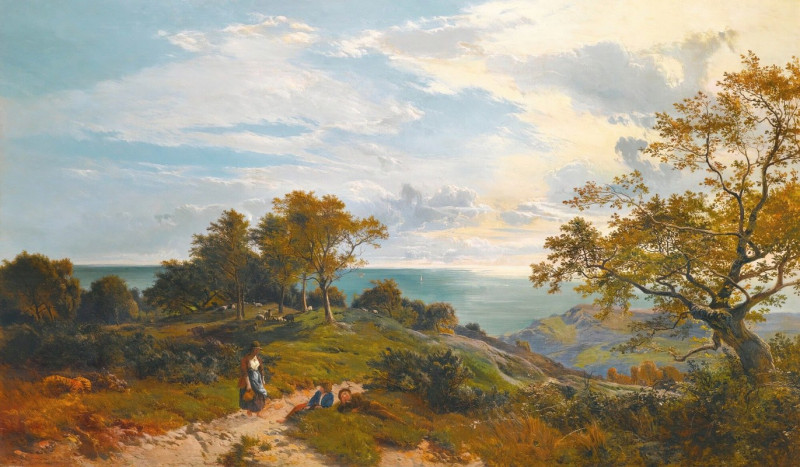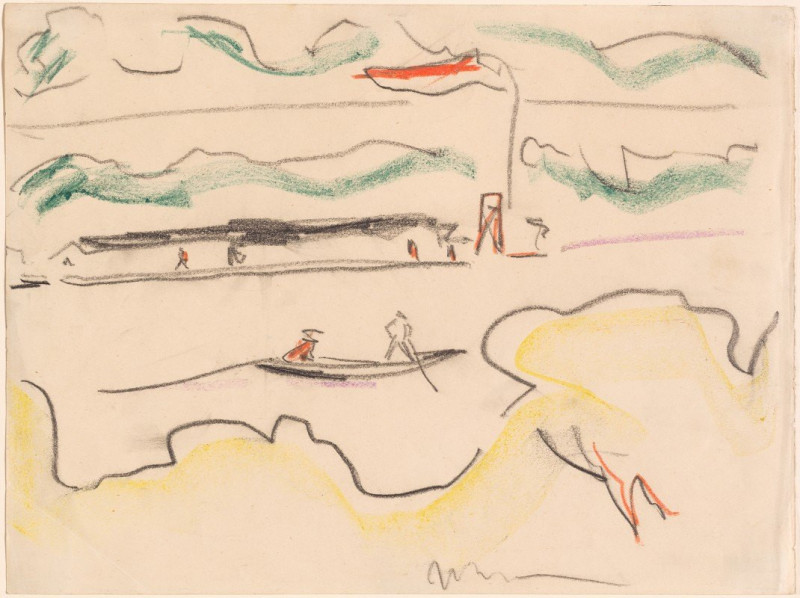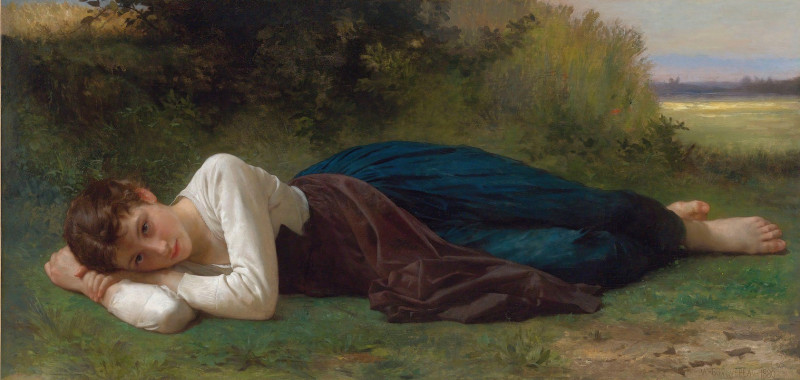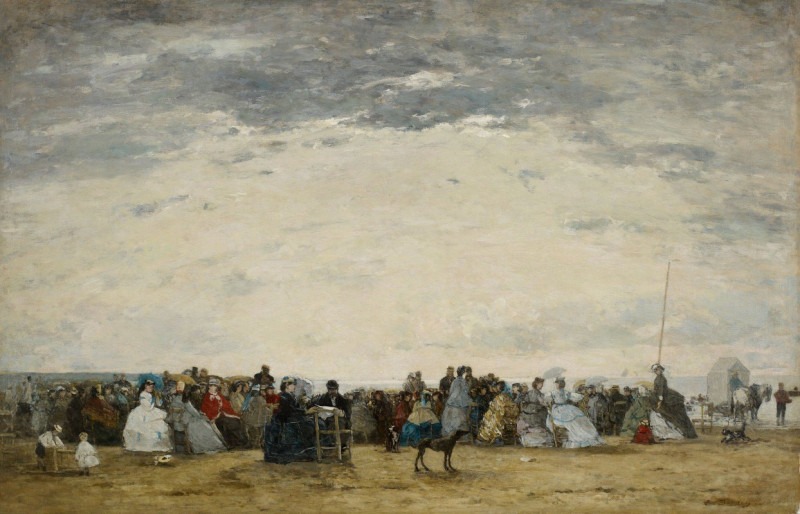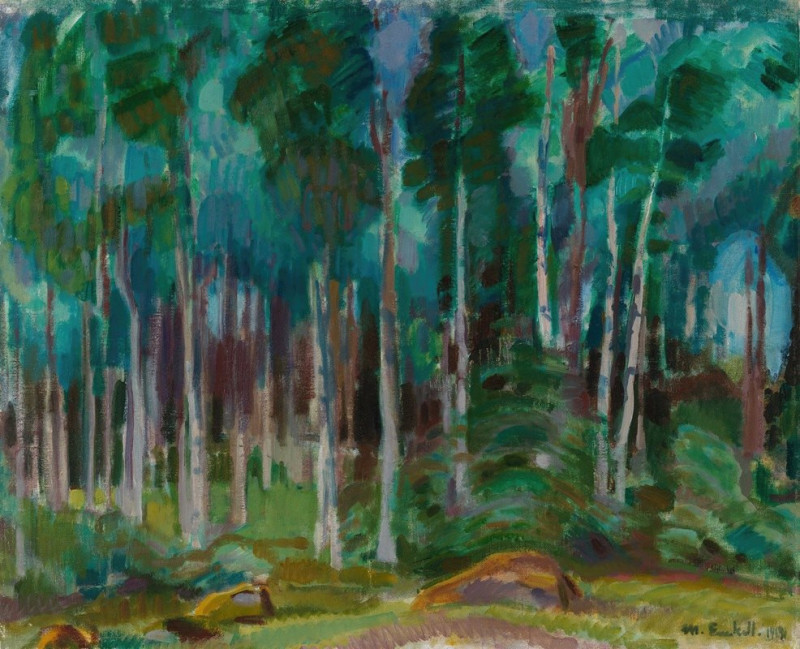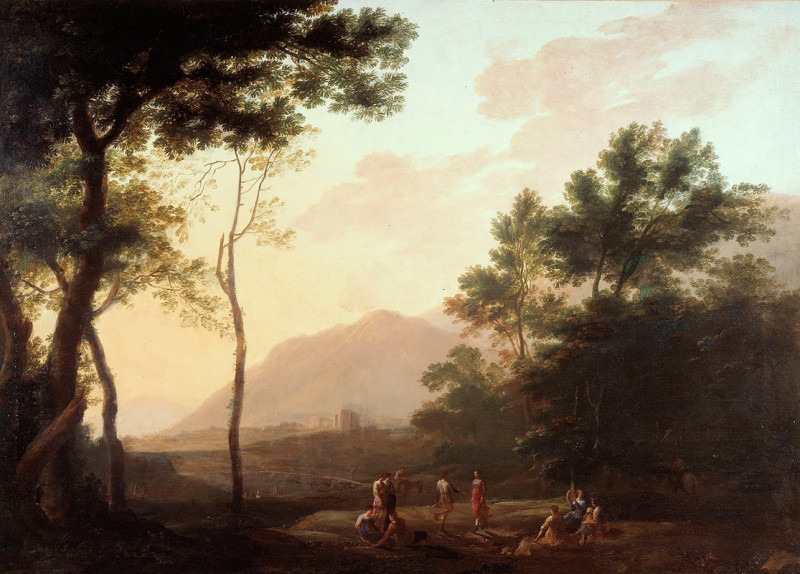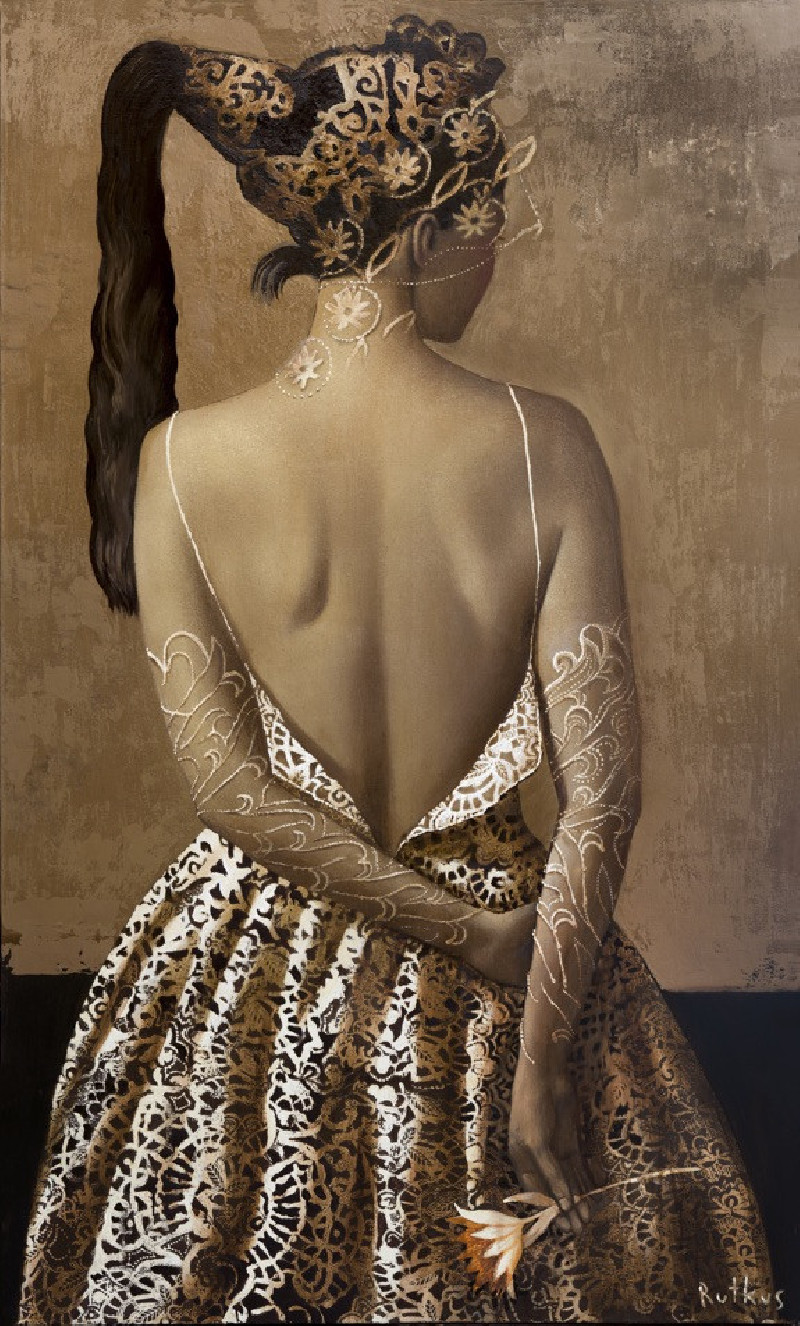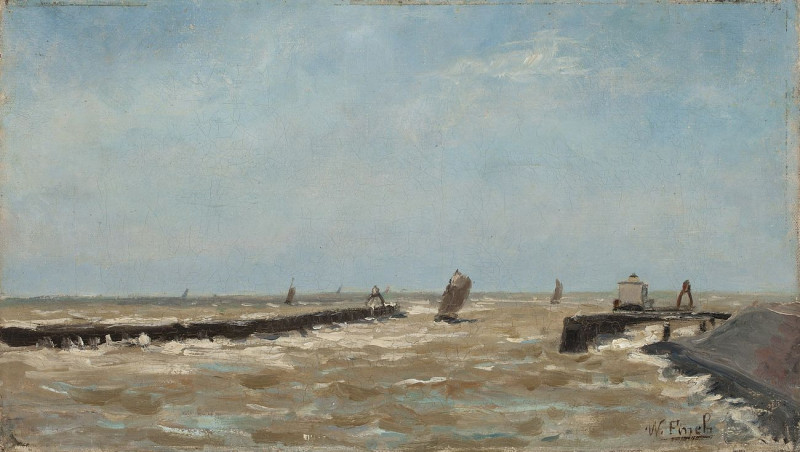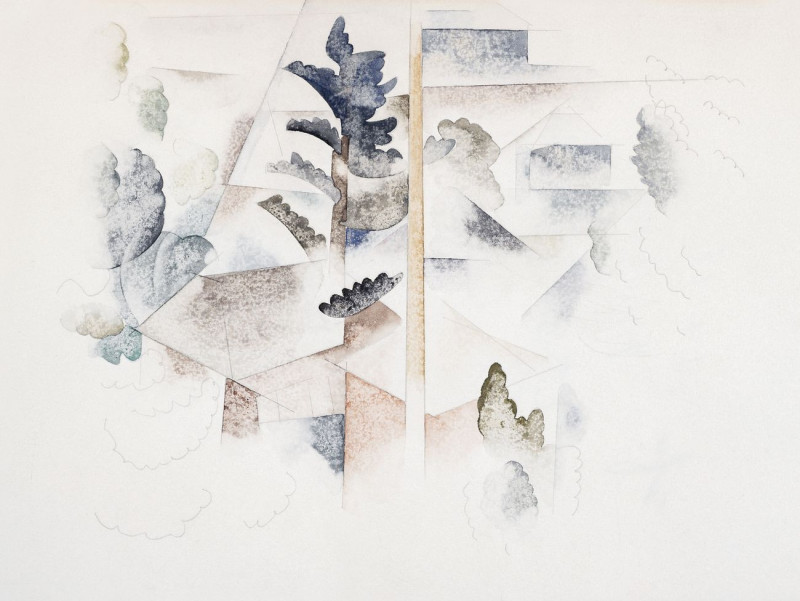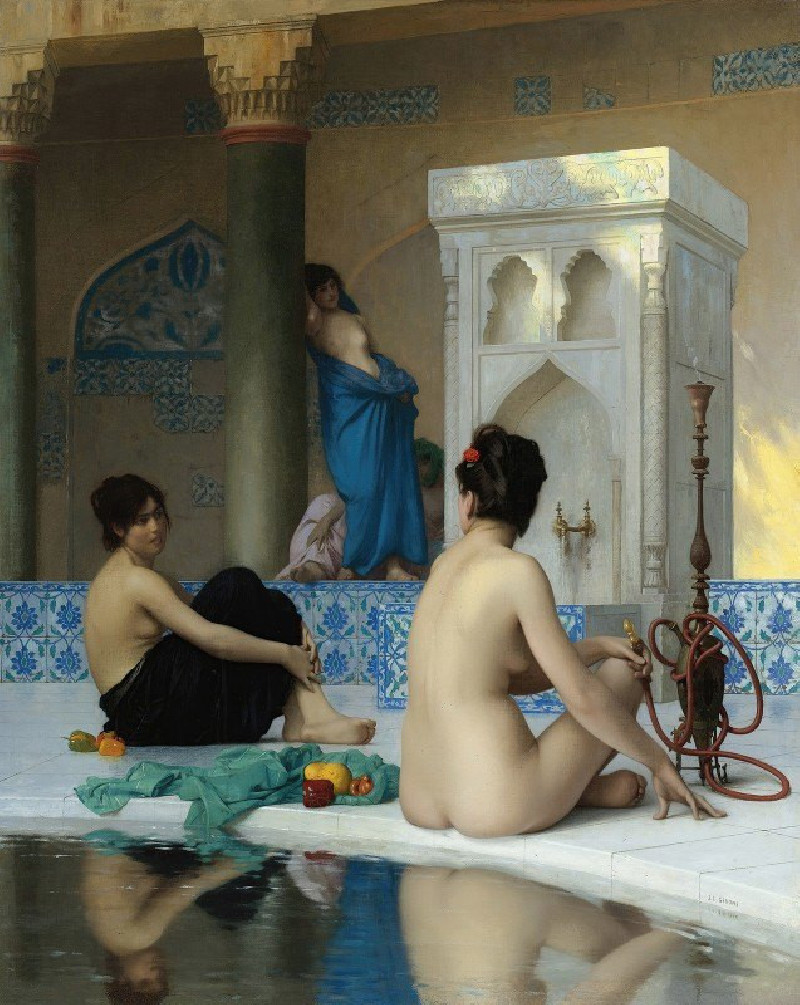Excavated temples of Aboosimble [Abû Sunbul], Nubia. (1846-1849)
Technique: Giclée quality print
Recommended by our customers
More about this artwork
We are delighted to feature the exquisite painting titled "Excavated temples of Aboosimble [Abû Sunbul], Nubia," created by the renowned 19th-century artist David Roberts between 1846 and 1849. This masterful work captures the majesty and mystique of the temples at Abu Simbel, located in modern-day Egypt. These temples, originally carved out of the mountainside during the reign of Pharaoh Ramesses II in the 13th century BC, are depicted here post-excavation, revealing their grand facade for the modern world.In Roberts’ depiction, the grandiosity of the temples is breathtakingly juxtaposed against the serene, rippling waters of the Nile River. A felucca boat, sails full, glides gracefully on the river, adding a dynamic sense of life and movement to the scene. A series of human figures, which appear minuscule in comparison to the colossal stone statues guarding the temple, provides a sense of scale and awe.The natural tones used by Roberts—earthy browns and sandy hues—harmonize perfectly with the dashes of blue from the river, conjuring a sense of harmony and timelessness. His usage of light and shadow not only highlights the architectural brilliance of the temples but also illustrates the intense desert sunlight, casting dramatic shadows and bathing the scene in a warm, glowing light.This painting is not just a visual treat; it also serves as a historic documentation of one of Egypt's most famous monuments, capturing its scale, landscape, and the technological challenges of excavation during the era.
Delivery
Returns
David Roberts (24 October 1796 – 25 November 1864) was a Scottish painter. He is especially known for The Holy Land, Syria, Idumea, Arabia, Egypt, and Nubia, a prolific series of detailed lithograph prints of Egypt and the Near East that he produced from sketches he made during long tours of the region (1838–1840). These and his large oil paintings of similar subjects made him a prominent Orientalist painter. He was elected as a Royal Academician in 1841.

![Excavated temples of Aboosimble [Abû Sunbul], Nubia. (1846-1849) reproduction of painting by David Roberts. ALL GICLEE PRINTS Excavated temples of Aboosimble [Abû Sunbul], Nubia. (1846-1849) reproduction of painting by David Roberts. ALL GICLEE PRINTS](https://reprodukcijos.lt/39184-large_default/reproduction-of-excavated-temples-of-aboosimble-abu-sunbul-nubia-1846-1849.jpg)
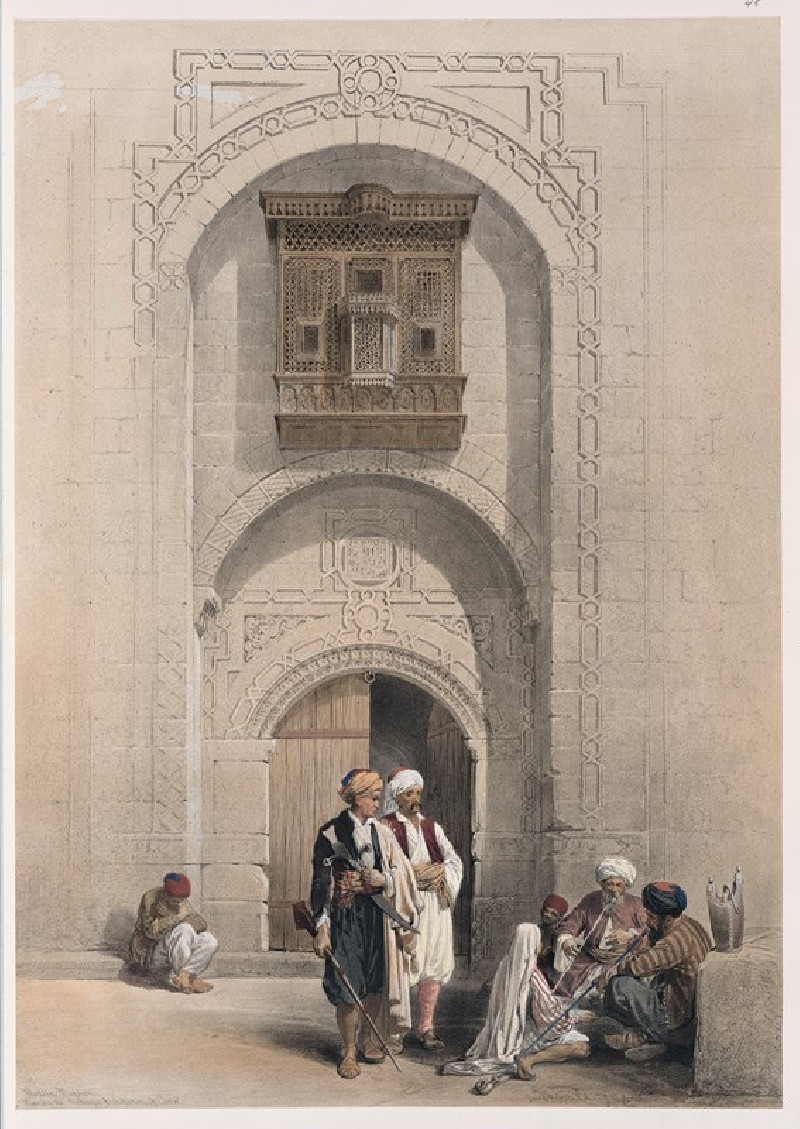
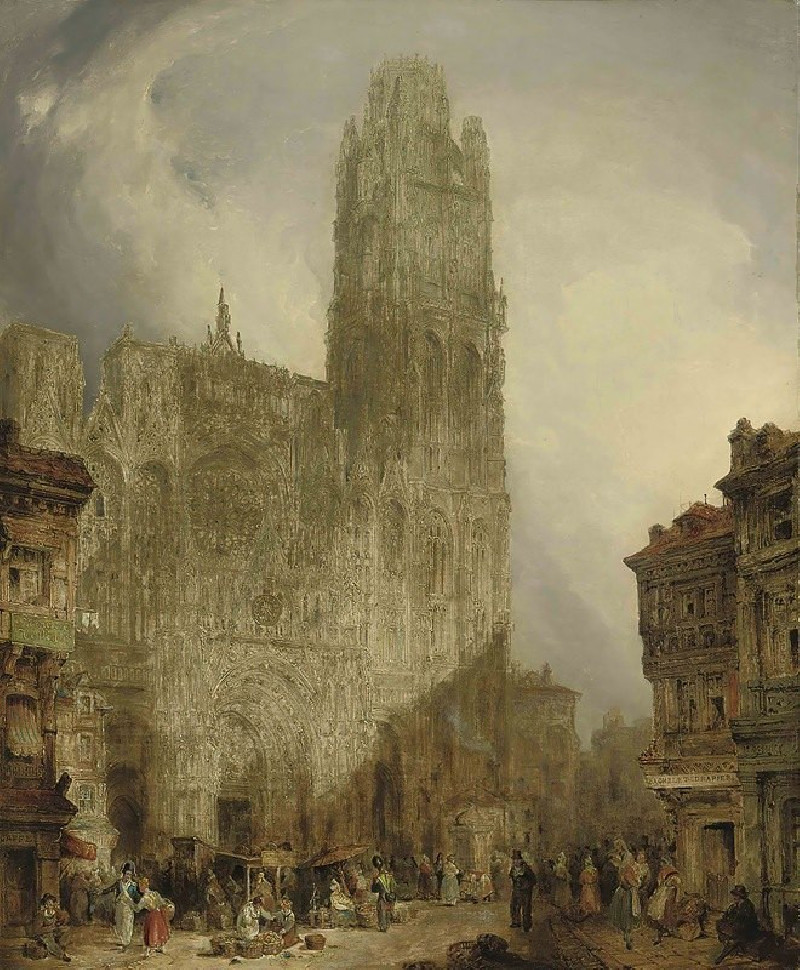
![Siout [Asyût]. Upper Egypt. (1846-1849) reproduction of painting by David Roberts. ALL GICLEE PRINTS](https://reprodukcijos.lt/39216-large_default/reproduction-of-siout-asyut-upper-egypt-1846-1849.jpg)
![Hermont [Armant], ancient Hirmonthis. Nov. 26th, 1838. (1846-1849) reproduction of painting by David Roberts. ALL GICLEE PRINTS](https://reprodukcijos.lt/39215-large_default/reproduction-of-hermont-armant-ancient-hirmonthis-nov-26th-1838-1846-1849.jpg)
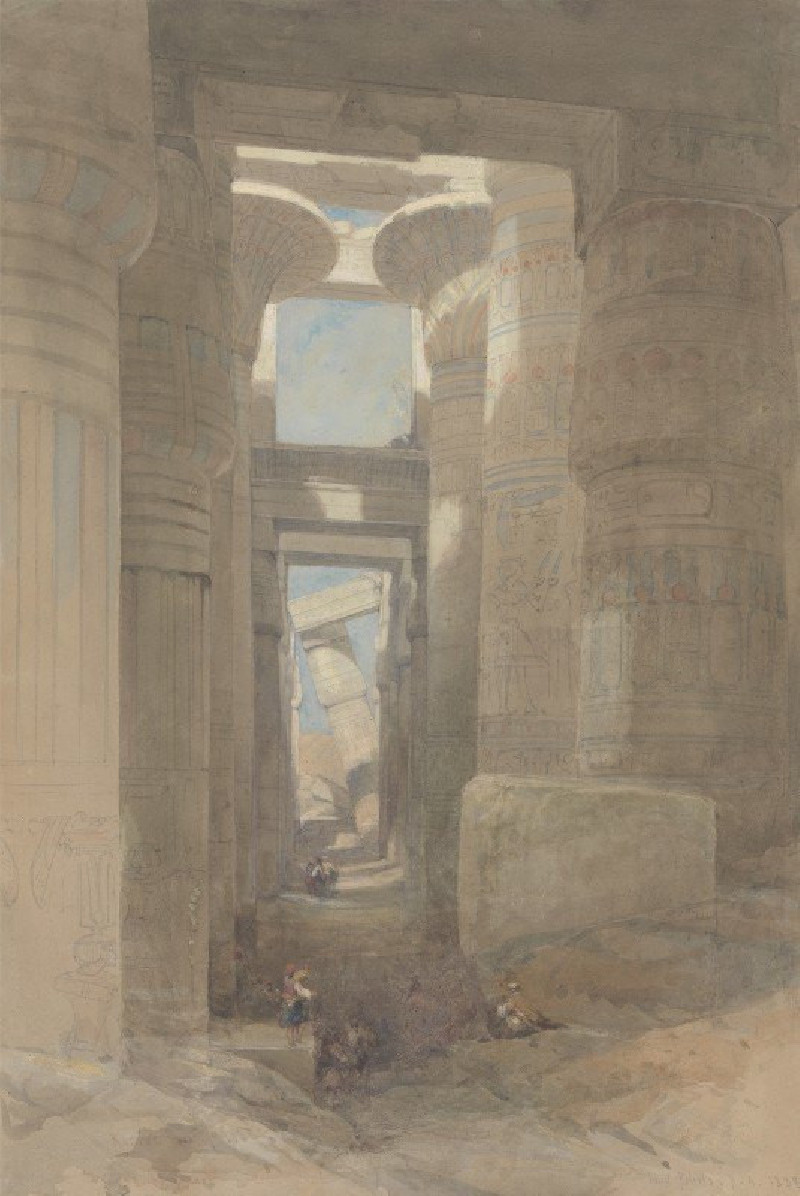
![Temple of Wady Saboua [Wadi al-Sabua], Nubia. (1846-1849) reproduction of painting by David Roberts. ALL GICLEE PRINTS](https://reprodukcijos.lt/39213-large_default/reproduction-of-temple-of-wady-saboua-wadi-al-sabua-nubia-1846-1849.jpg)
![Portico of the Temple of Edfou [Idfû], Upper Egypt. Nov. 23rd, 1838. (1846-1849) reproduction of painting by David Roberts. A...](https://reprodukcijos.lt/39212-large_default/reproduction-of-portico-of-the-temple-of-edfou-idfu-upper-egypt-nov-23rd-1838-1846-1849.jpg)
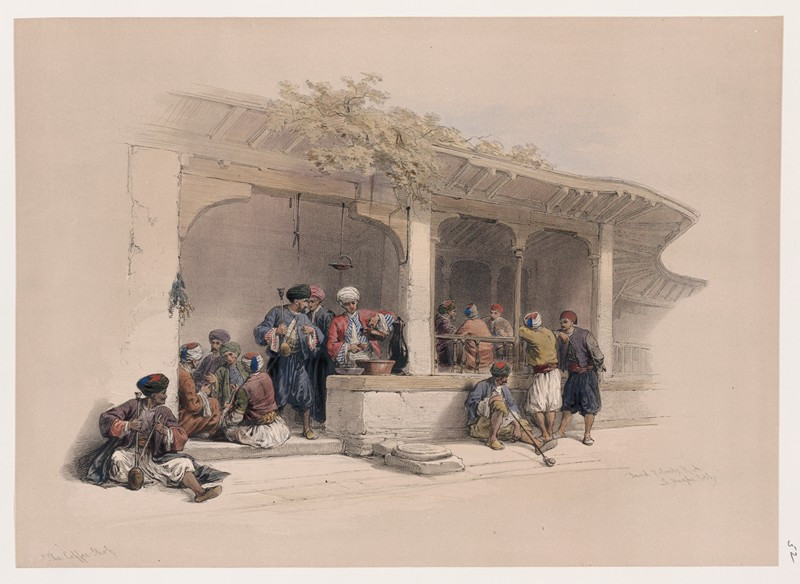

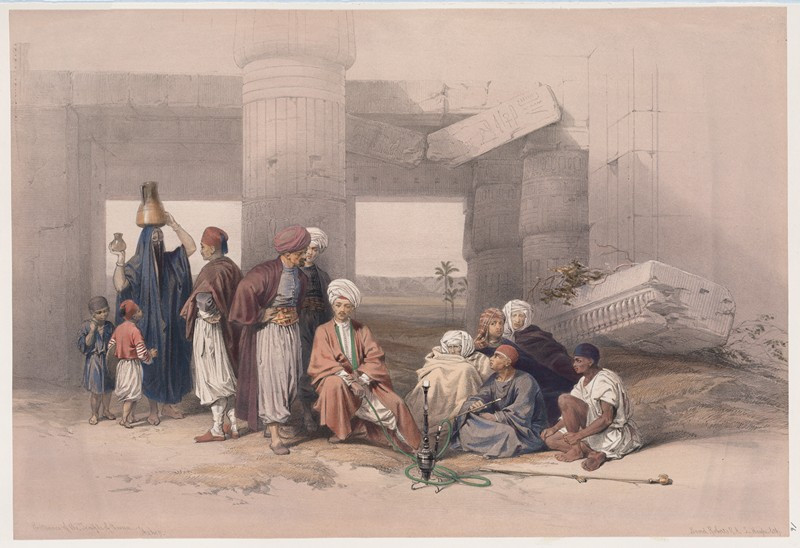
![Edfou [Edfu, Idfû]. Nov. 24th, 1838. (1846-1849) reproduction of painting by David Roberts. ALL GICLEE PRINTS](https://reprodukcijos.lt/39208-large_default/reproduction-of-edfou-edfu-idfu-nov-24th-1838-1846-1849.jpg)
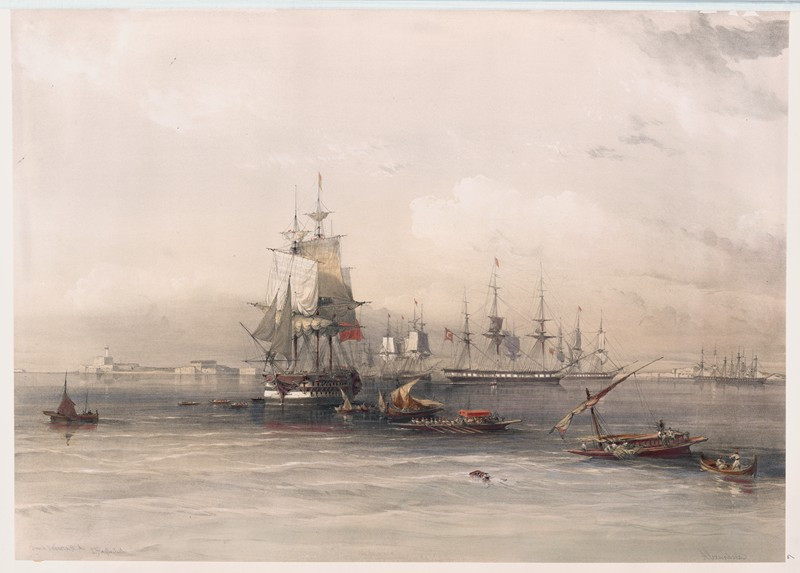
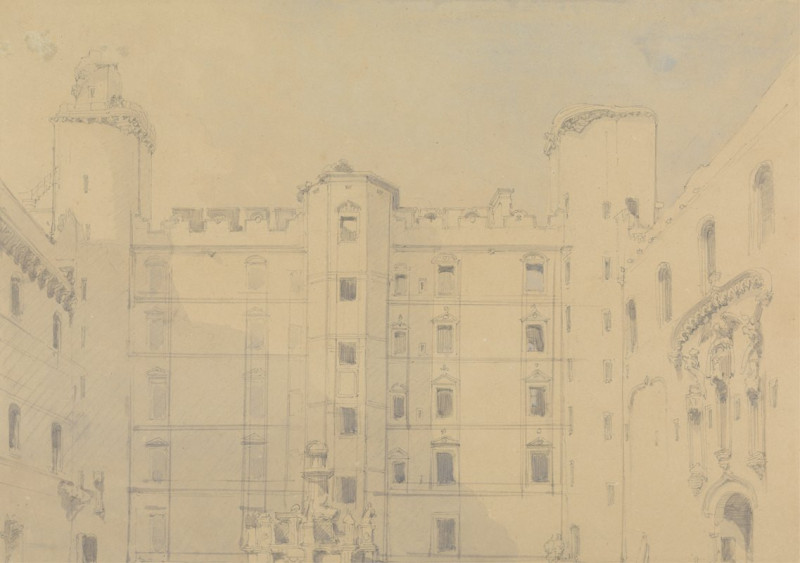
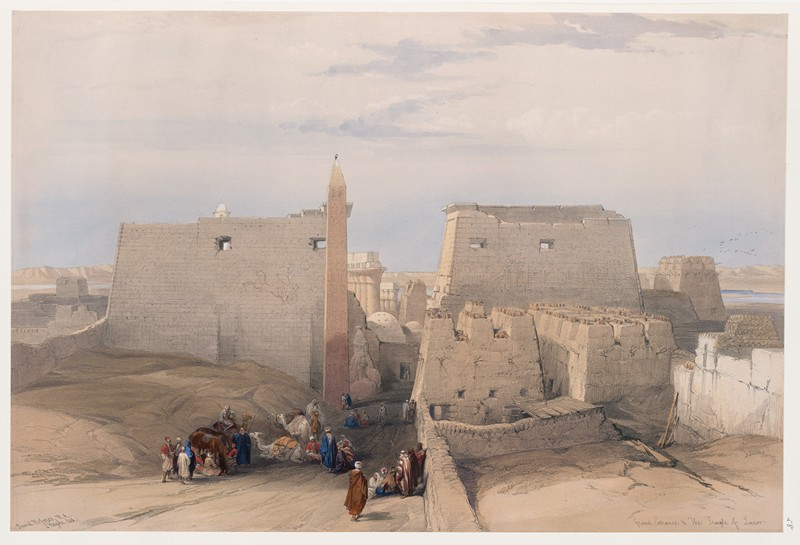

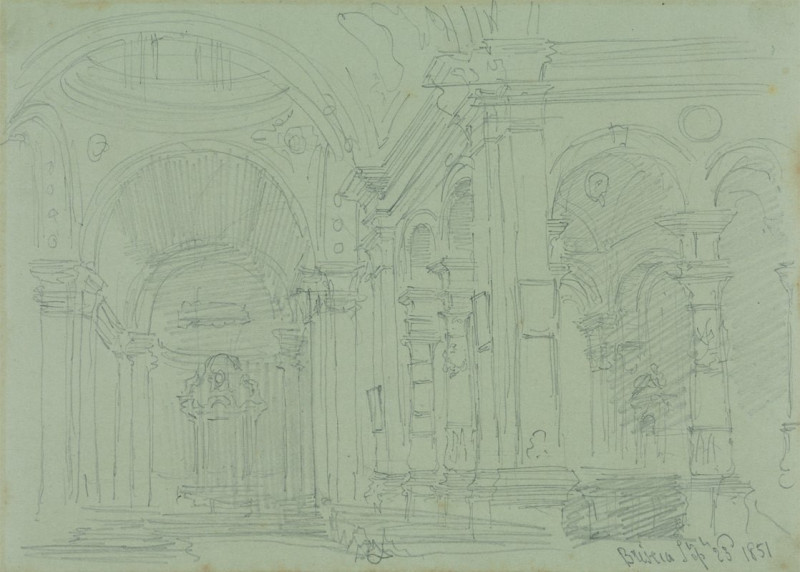
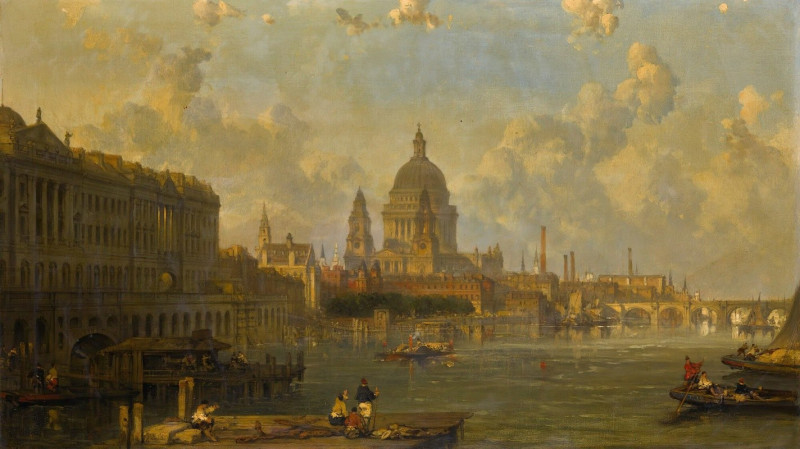
![Temple of Kalabshee [Kalabsha, Kalâbishah], Nubia. Nov. 1838. (1846-1849) reproduction of painting by David Roberts. ALL GICL...](https://reprodukcijos.lt/39201-large_default/reproduction-of-temple-of-kalabshee-kalabsha-kalabishah-nubia-nov-1838-1846-1849.jpg)
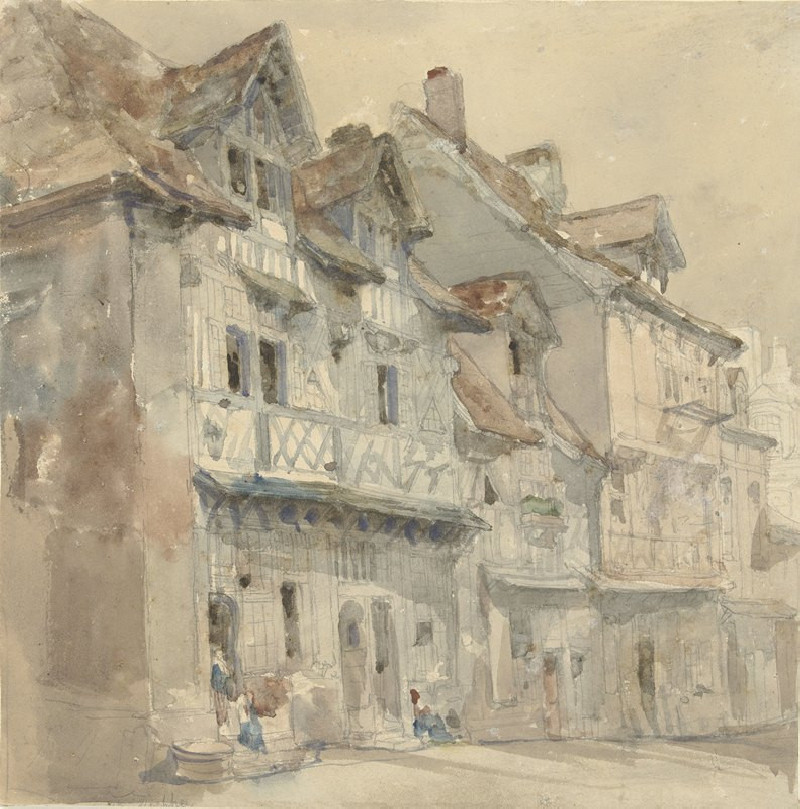
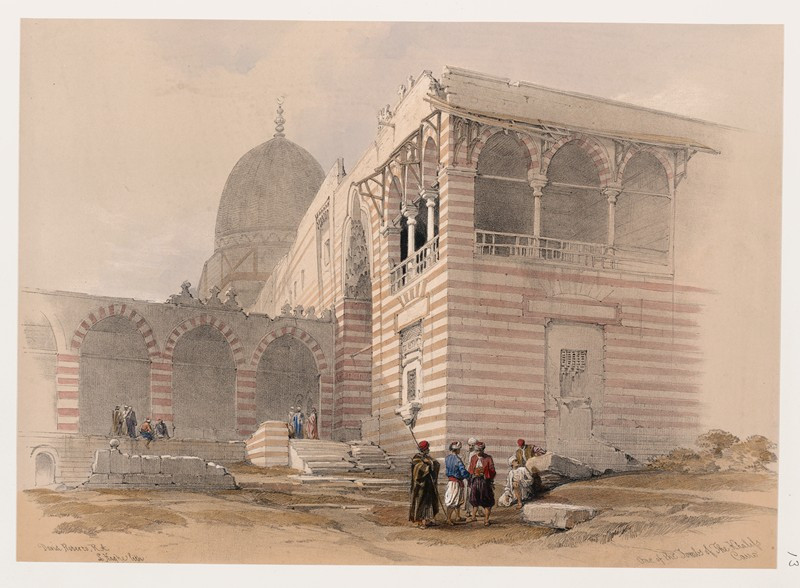

![Ruins of the Temple of Kardeseh [Qirtâsî], Nubia. (1846-1849) reproduction of painting by David Roberts. ALL GICLEE PRINTS](https://reprodukcijos.lt/39187-large_default/reproduction-of-ruins-of-the-temple-of-kardeseh-qirtasi-nubia-1846-1849.jpg)
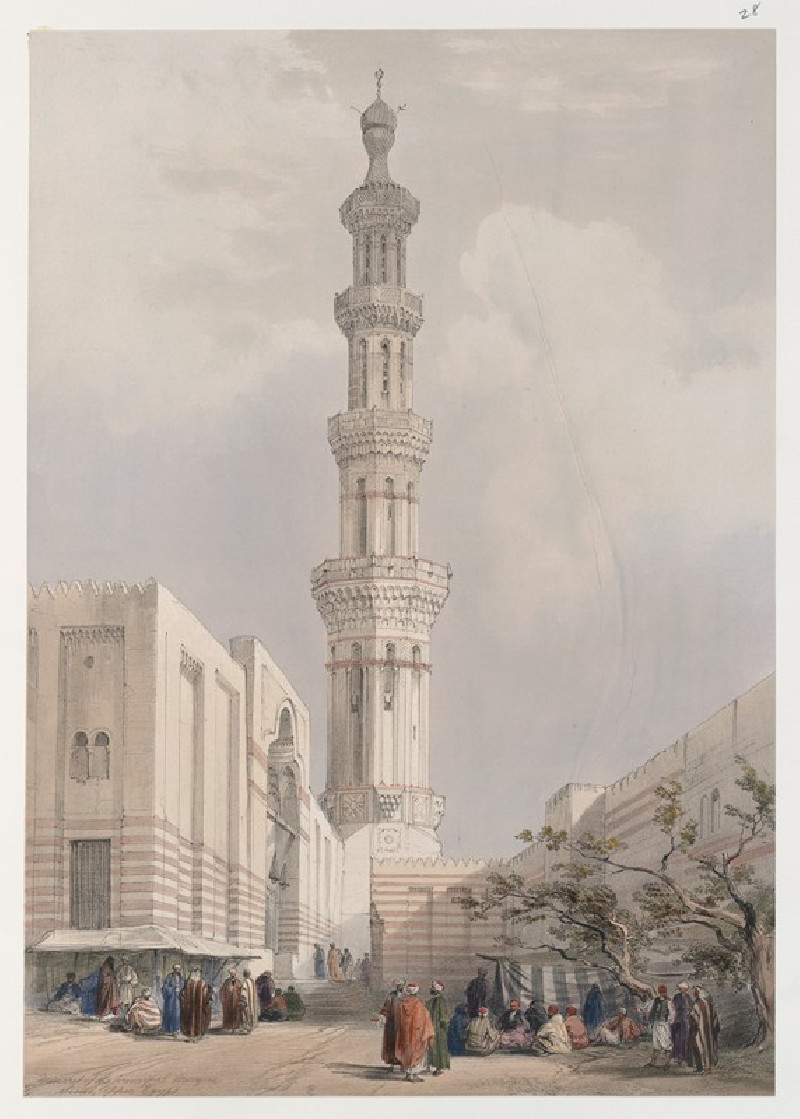
![Pyramids of Geezeh [Giza]. (1846-1849) reproduction of painting by David Roberts. ALL GICLEE PRINTS](https://reprodukcijos.lt/39185-large_default/reproduction-of-pyramids-of-geezeh-giza-1846-1849.jpg)

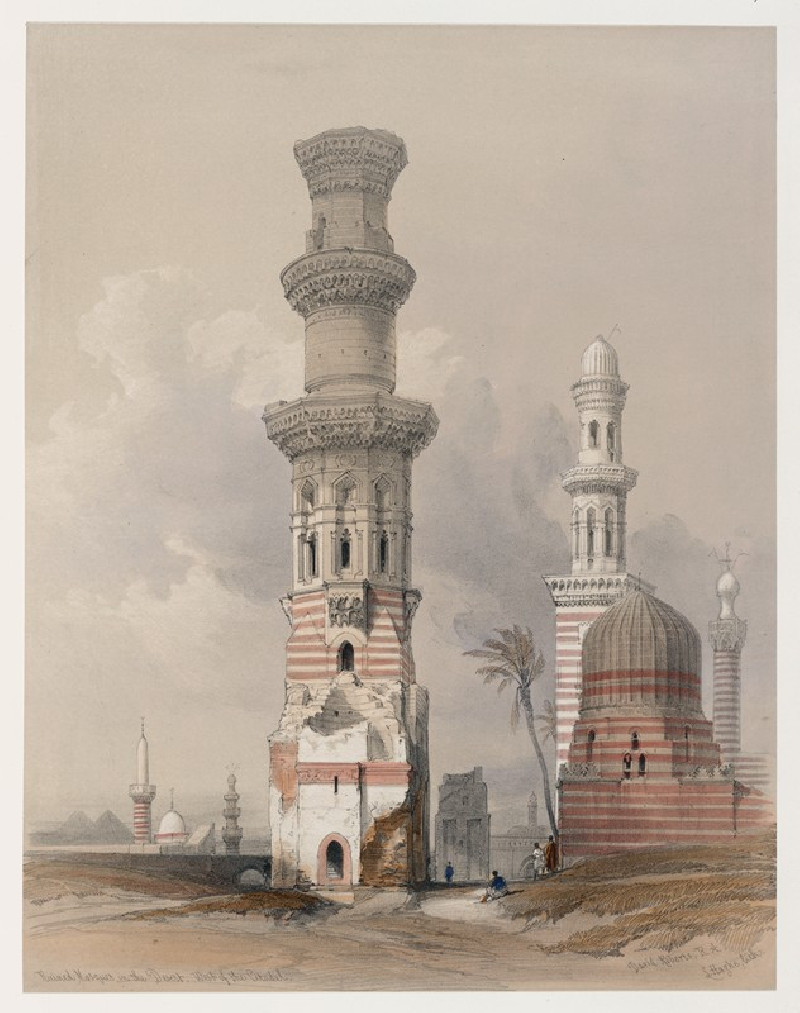


![Dayr el Medeeneh [Dayr al-Madînah], Thebes. (1846-1849) reproduction of painting by David Roberts. ALL GICLEE PRINTS](https://reprodukcijos.lt/39182-large_default/reproduction-of-dayr-el-medeeneh-dayr-al-madinah-thebes-1846-1849.jpg)

